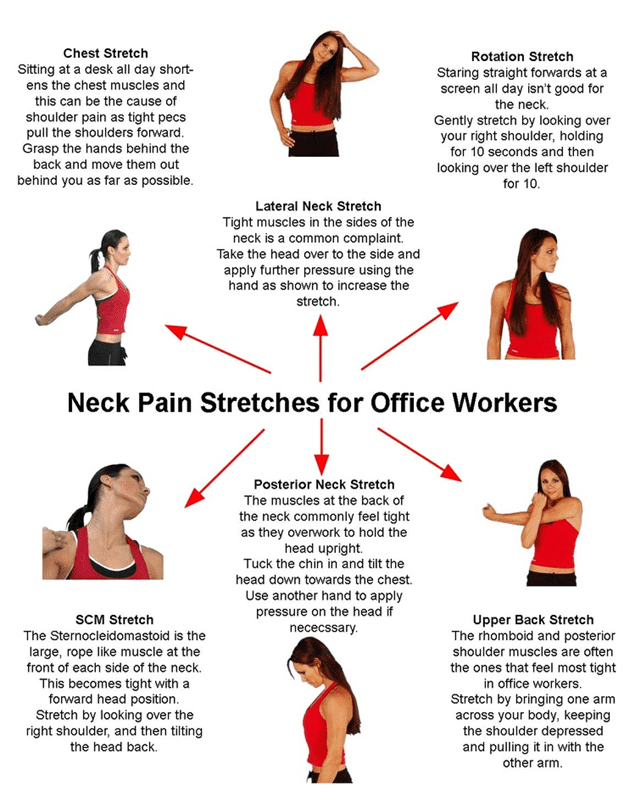It seems almost impossible nowadays to go anywhere or do anything without the aid of smartphones. Approximately two-thirds of American adults and roughly 85% of teenagers own a smartphone, with the daily usage varying from 2 to 5 hours per day and the average person checking their phone 85 times per day. One potential hazardous effect of the growing smartphone use is neck pain – termed “text neck” by some medical professionals.
Text neck can cause symptoms ranging from a slow chronic onset of nagging neck pain to a severe acute onset of upper back pain due to muscle strain or spasms. Other symptoms may include shoulder pain and tightness, headaches, eye strain, thumb and elbow pain, or even radiating nerve pain into the shoulders or arms.
The main issue with smartphone overuse is primarily posture related. A recent study found that for every inch forward the head tilts, the pressure on the spine doubles. The human head weighs approximately 12 pounds, but with head flexion (or looking down as one would do on a smartphone) that weight on the spine increases to 27 pounds at 15°, 40 pounds at 30°, 49 pounds at 45°, and 60 pounds at 60°. This is most concerning in younger patients, as chronic smartphone use can potentially lead to early onset neck arthritis, chronic muscle strain, and a decrease in the natural curvature of the neck.
As with any overuse injury, prevention is key. Pain and discomfort with excessive smartphone use is an early indicator of future neck injury. Here are a list of ways to avoid developing some of the symptoms of text neck:
- Take frequent breaks from your smartphone, at least every 20 minutes.
- Hold your phone or tablet at eye level to avoid excessive bending at the neck. One good alternative is to lay flat on your back or use a stand to hold the device for you.
- Stretch regularly – a short list of neck stretches is included below. These are great to do while you are taking a break from your device.
- Stay fit as poor neck posture can lead to low back pain as well. Core strengthening of the abdomen and low back, as well as improving neck strength and mobility decrease the risk for developing text neck.
- If you develop any of the symptoms of text neck, early treatment should include rest, avoidance of the smartphone or any other devices, anti-inflammatories, and an icepack to the area in pain.
As technology continues to develop, smartphone use will only increase. The key to avoiding the potential adverse effects of text neck is prevention. Keeping these preventative measures in mind while using your smartphone, tablet, or laptop can help you or your children avoid developing chronic neck pain and enjoy your devices throughout the day.

References:
- https://www.washingtonpost.com/national/health-science/digital-disabilities–text-neck-cellphone-elbow–are-painful-and-growing/2016/06/13/df070c7c-0afd-11e6-a6b6-2e6de3695b0e_story.html?utm_term=.7931d9c8d7bc
- http://www.spine-health.com/blog/modern-spine-ailment-text-neck
- http://www.nu.nl/files/IDC-Facebook%20Always%20Connected%20%281%29.pdf
- http://www.spine-health.com/conditions/neck-pain/how-avoid-text-neck-overuse-syndrome
- https://www.washingtonpost.com/news/morning-mix/wp/2014/11/20/text-neck-is-becoming-an-epidemic-and-could-wreck-your-spine/?utm_term=.8ea0aafe9b03
- http://www.dailymail.co.uk/sciencetech/article-3294994/How-check-phone-Average-user-picks-device-85-times-DAY-twice-realise.html
- http://maximumhealthchiropractic.com/neck-stretches-for-office-workers/